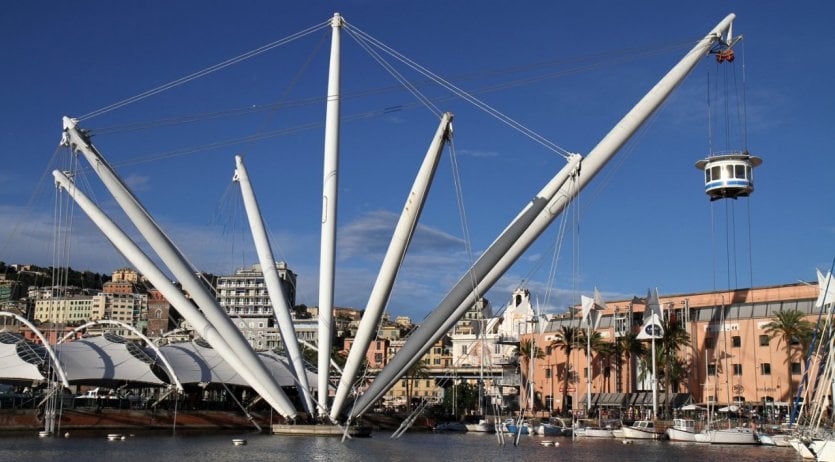
The birthplace of Christopher Columbus, Genoa is one of Italy's largest ports... but that's not all! A UNESCO World Heritage Site, its historic center is a treasure trove, a legacy of the city's glorious medieval past. You'll quickly fall under the spell of its narrow streets, palaces, rolli, and the sea air you breathe around every corner. Genoa the "Superb" knows how to conquer the hearts of travelers with its colors, its smells, but also its flavors... To make sure you don't miss a thing, Petit Futé offers you its 10 must-sees. Andiamo!
The porto antico, the heart of maritime power
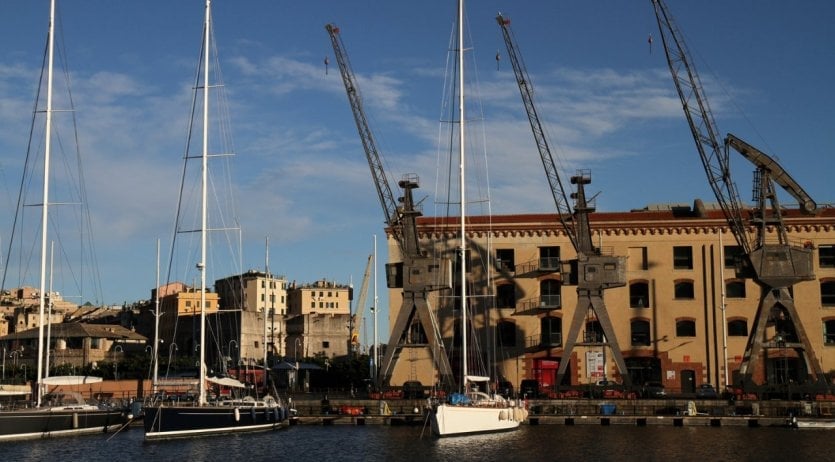
Completely redesigned in 1992 by architect Renzo Piano, the porto antico is Genoa's tourist center. With its many services - restaurants, cinema, swimming pool... -it's the ideal place to relax by the sea! Here you'll find the city's main attractions: the bigo, the aquarium, the biosphere and the "Città dei bambini e dei ragazzi" , a delight for children. And if you're a movie buff, you can also visit the "Galleon Neptune" moored in the porto antico: the ship used in Roman Polanski's film Pirates !
The majestic San Lorenzo Cathedral
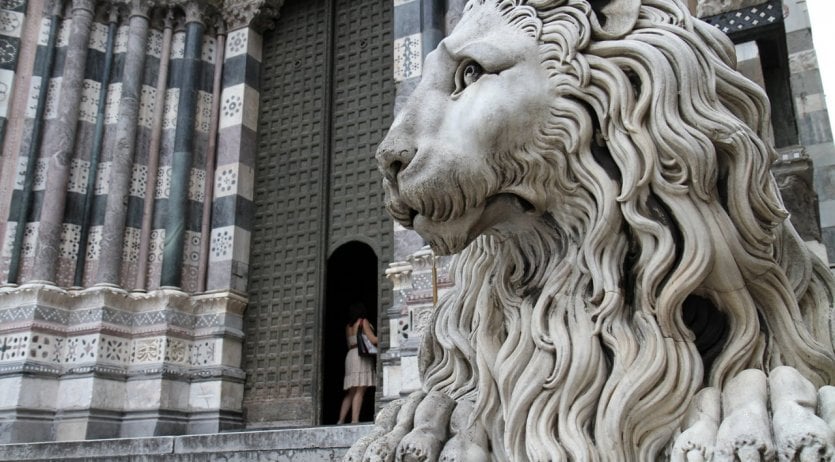
Recognizable between its gothic façade striped with black and white marble and its Romanesque side doors, San Lorenzo Cathedral is a treasure of the geese architecture. Built at the end of the eleventh century, it preserves the ashes of Saint Jean-Baptiste, patron saint of Genoa. You can also observe a rather surprising relic: a bomb hit the cathedral during the Second World War which never exploded!
Piazza Raffaele de Ferrari, the heart of the city
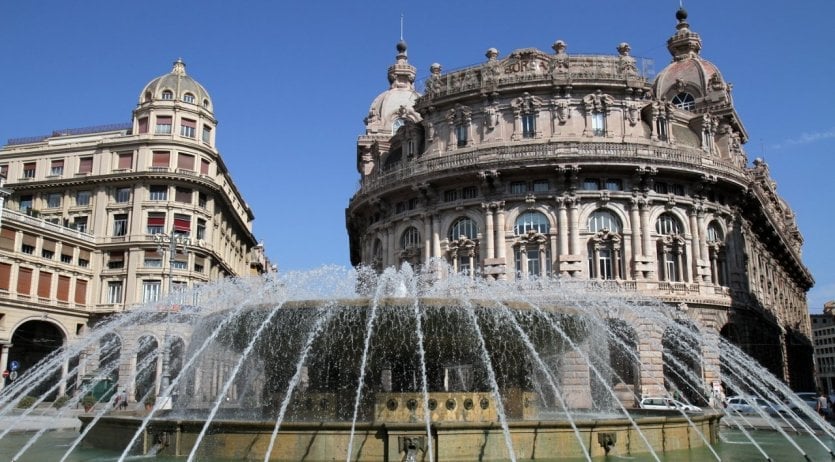
Genoa's main square, Piazza Raffaele de Ferrari bears the name of a generous 19th-century banker who worked for the city. Built in 1821 by the architect Carlo Barabino, it is now recognized by its majestic fountain dating from 1936. Other landmarks include the Carlo Felice Theatre, in front of which stands a gigantic statue of Garibaldi, the Palazzo della Regione Ligure and a facade of the splendid Palazzo Ducale. The symbolic heart of the city, Piazza Raffaele de Ferrari, separates the modern from the old town.
The Ducal Palace and its history
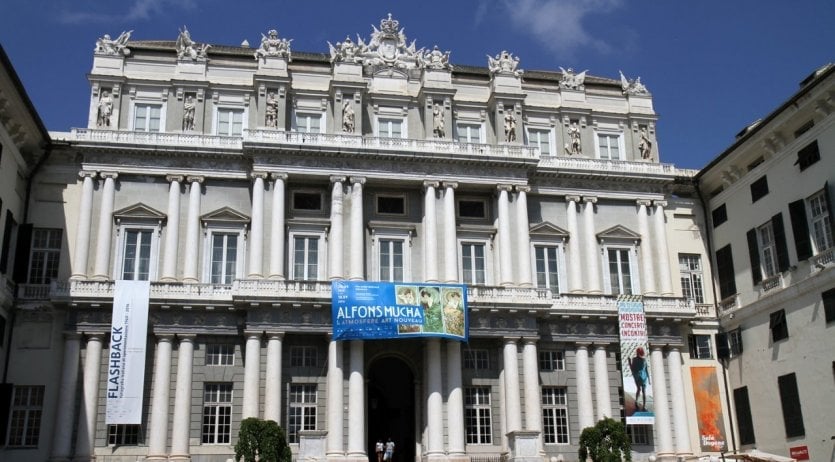
The residence of the Doges of the ancient republic from the 13th century onwards, the Ducal Palace was completely renovated in neoclassical style after the great fire that devastated it in 1777. In its chapel, you can admire a series of frescoes on the story of the discovery of America (the spirit of Christopher Columbus is never far away in Genoa!). Now the seat of the Prefecture, the Ducal Palace is one of the city's main cultural centers, hosting top-quality exhibitions, symposia and events throughout the year.
Via Garibaldi and its mythical Rolli palaces
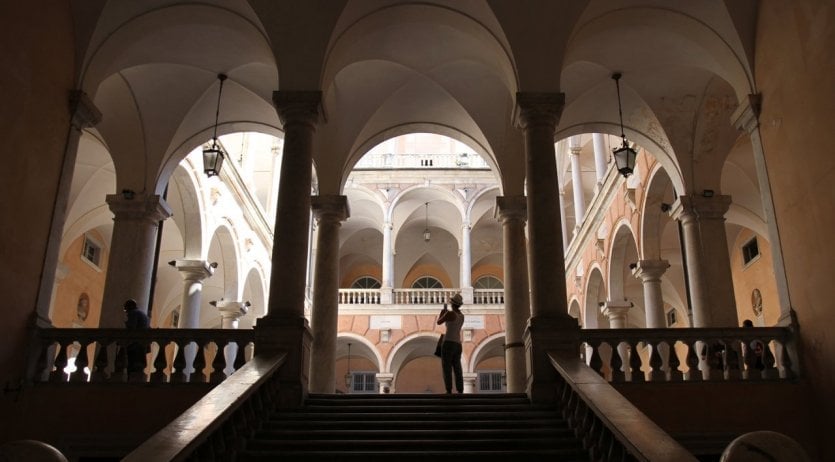
Inaugurated in 1550 to bring together the families of the blackness, via Garibaldi was once named via aurea, golden street, for the wealth of its buildings. These Rolli palaces were made available by the most powerful families to welcome personalities visiting the city. Today some are still private property and others are occupied by banks, offices or even the city hall in the Doria-Tursi palace. The latter's visit is undeniable, since it houses an extraordinary artistic heritage: his most precious piece is certainly the violin of composer Niccolò Paganini.
The aquarium, a real spectacle
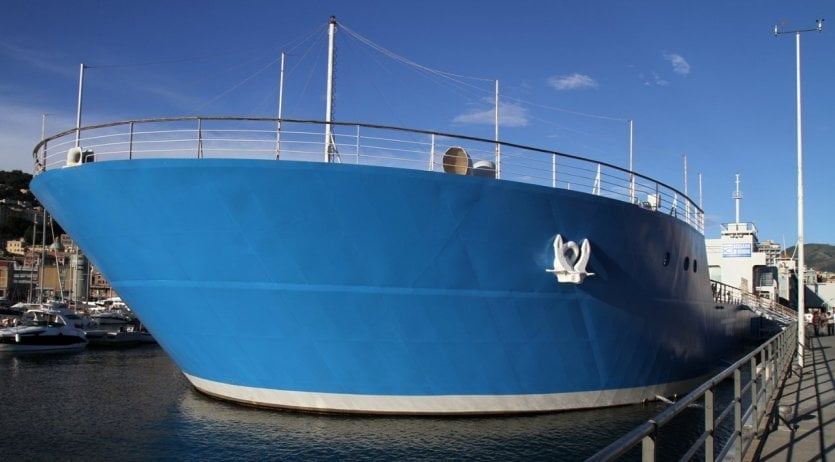
The city's renowned aquarium is housed in an astonishing liner-shaped structure designed by Renzo Piano. Europe's largest marine park, it features over 400 aquatic species against the backdrop of the Gulf of Genoa. Covering an area of 27,000m2, the aquarium offers a well-organized tour of the world's seas and their biodiversity. The reproduction of the natural environments of each species is highly realistic, and the interactive museum allows young and old alike to discover the underwater world that fascinates us so much..
Tasty cuisine genovese
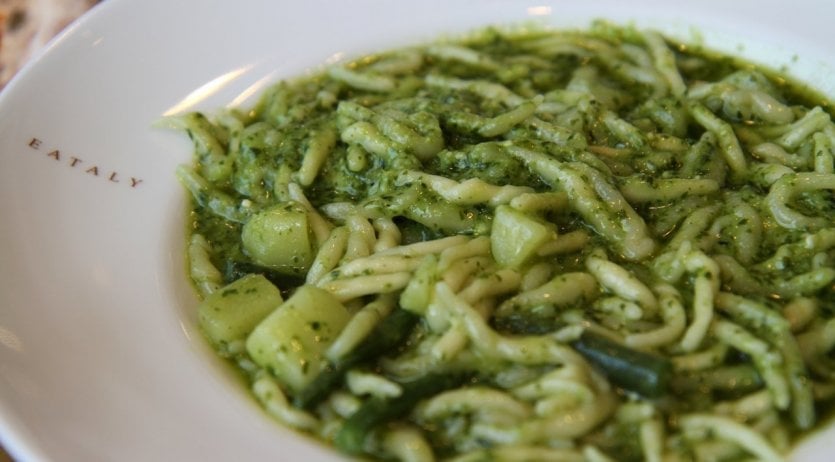
What would Italy be without its succulent cuisine? Like every city on the peninsula, Genoa has a long culinary tradition... The specialty? Pasta with pesto! Most trattorie offer this succulent sauce made with basil and pine nuts. Don't be surprised if your pasta is served with potatoes and green beans: this is the original recipe! Try focaccia genovese too. This tasty bread, seasoned with olive oil and salt and possibly filled with ham, cheese, olives or onions, is a delight!
The lantern and the modern port
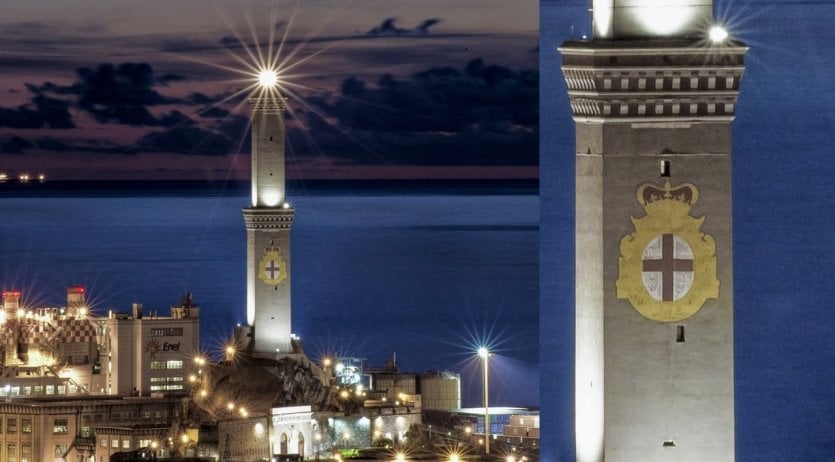
At 117 m above sea level, the lantern is the second-highest lighthouse in the world. Built in the 12th century, it was originally powered by olive oil! The museum at the foot of the lighthouse contains a wealth of interesting facts about the town and its history. At the end of 172 steps, you'll reach the first terrace, which offers a breathtaking view of the port and its historic center. It's the perfect way to immerse yourself in Genoa's maritime history!
The bigo, an elevator like no other

A symbol of the city and its port, the bigo is certainly Genoa's best-known landmark. Its rather original structure, in the shape of a huge metal spider, was inspired by the cranes used to lift goods onto ships. Inaugurated in 1992 to mark the 500th anniversary of the discovery of America, the bigo was designed by Renzo Piano, the famous Italian architect responsible for the Centre Pompidou. Its panoramic elevators take you up to a height of 40 m, offering one of the finest views of Genoa and its port... A must-see!
The picturesque Boccadasse district
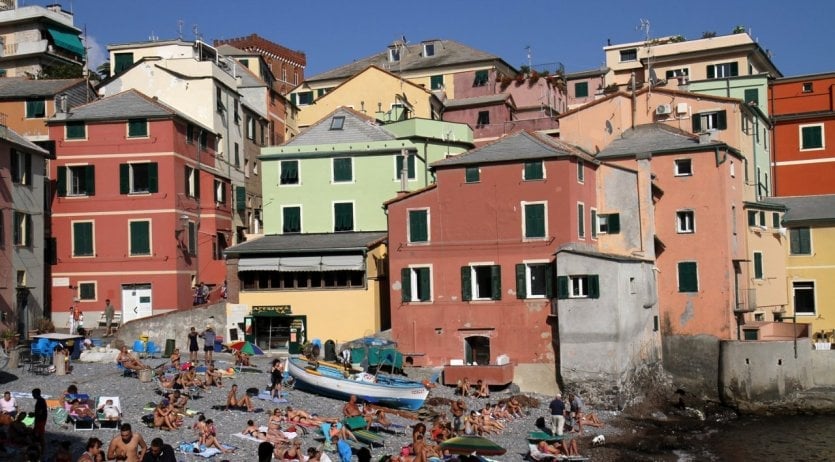
At the end of Corso Italia, the Boccadasse district appears to visitors as a village in its own right. This small fishing port, with its pastel-faced houses, is incredibly beautiful... It's the place to come in the evening to admire the sunset and escape the city center for an ice cream or a meal on the terrace. From the belvedere, you can reach the Santa Chiara cape for a splendid view of Portofino and the Riviera. Boccadasse is undoubtedly the pearl of Genoa!


